|
Nosema ceranae is a honey bee pathogen parasitizing the ventricular epithelium and potentially causing colony death. The effect of 0.25 M oxalic acid solution administered to the bees in the form of sugar syrup was determined in laboratory and field trials. The spore numbers in an 8-day laboratory experiment were significantly lower when AO was administered (treated: 11.86 ± 0.94 s.e. × 10^6; untreated: 30.64 ± 0.31 s.e. x 10^6). When administered in autumn to free flying colonies twice, 3 weeks apart, the infection prevalence decreased in young (relative reduction of 53.8% ± 6.5 s.e.) and old bees (relative reduction of 44.4% ± 6.0 s.e.). Meanwhile increased prevalence in all the controls was detected (young and old bees: relative increase of 45.7% ± 22.8 s.e. and 10.2% ± 5.9 s.e., respectively). While all the treated colonies overwintered correctly, the untreated ones did not (3 out of 5 were dead). In the absence of commercial products approved in several countries to control nosemosis, oxalic acid syrup appears promising in the development of alternative management strategies. Keywords: Apis mellifera; Nosema ceranae; Oxalic acid; Control; Prevalence; Organic apiculture |
|
Antonio Nanetti, Cristina Rodriguez-García, Aránzazu Meana, Raquel Martín-Hernández, Mariano Higes, Effect of oxalic acid on Nosema ceranae infection, Research in Veterinary Science, Volume 102, October 2015, Pages 167-172. |
| Nanetti et al. – 2015 – Effect of oxalic acid on Nosema ceranae infection.pdf | |
| http://www.sciencedirect.com/science/article/pii/S0034528815300333 |









